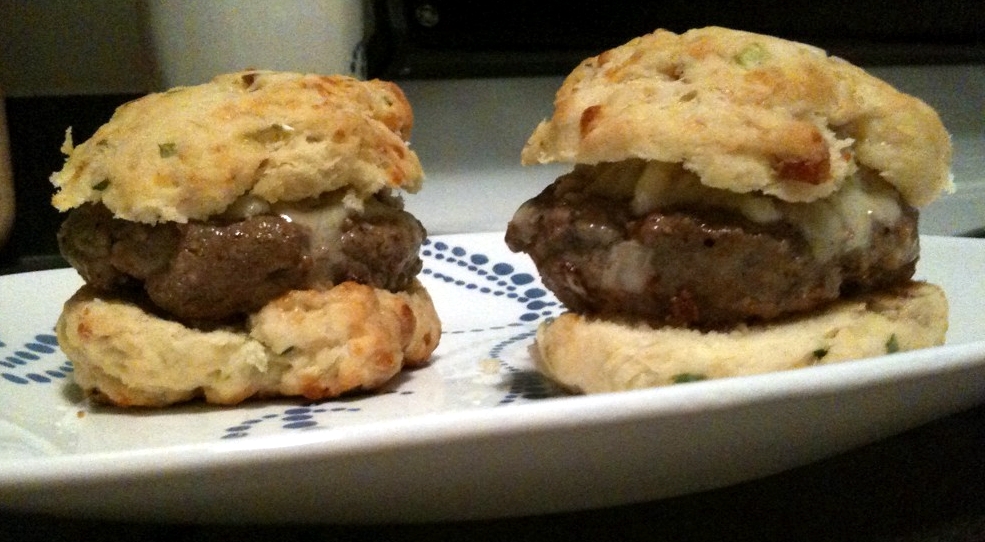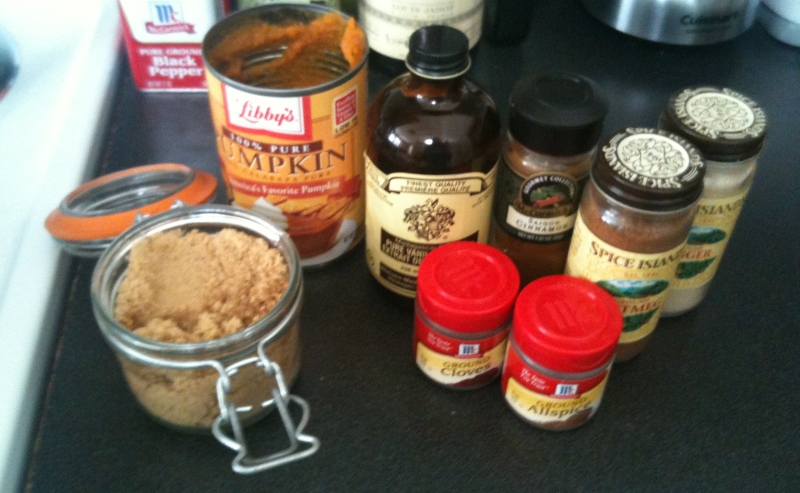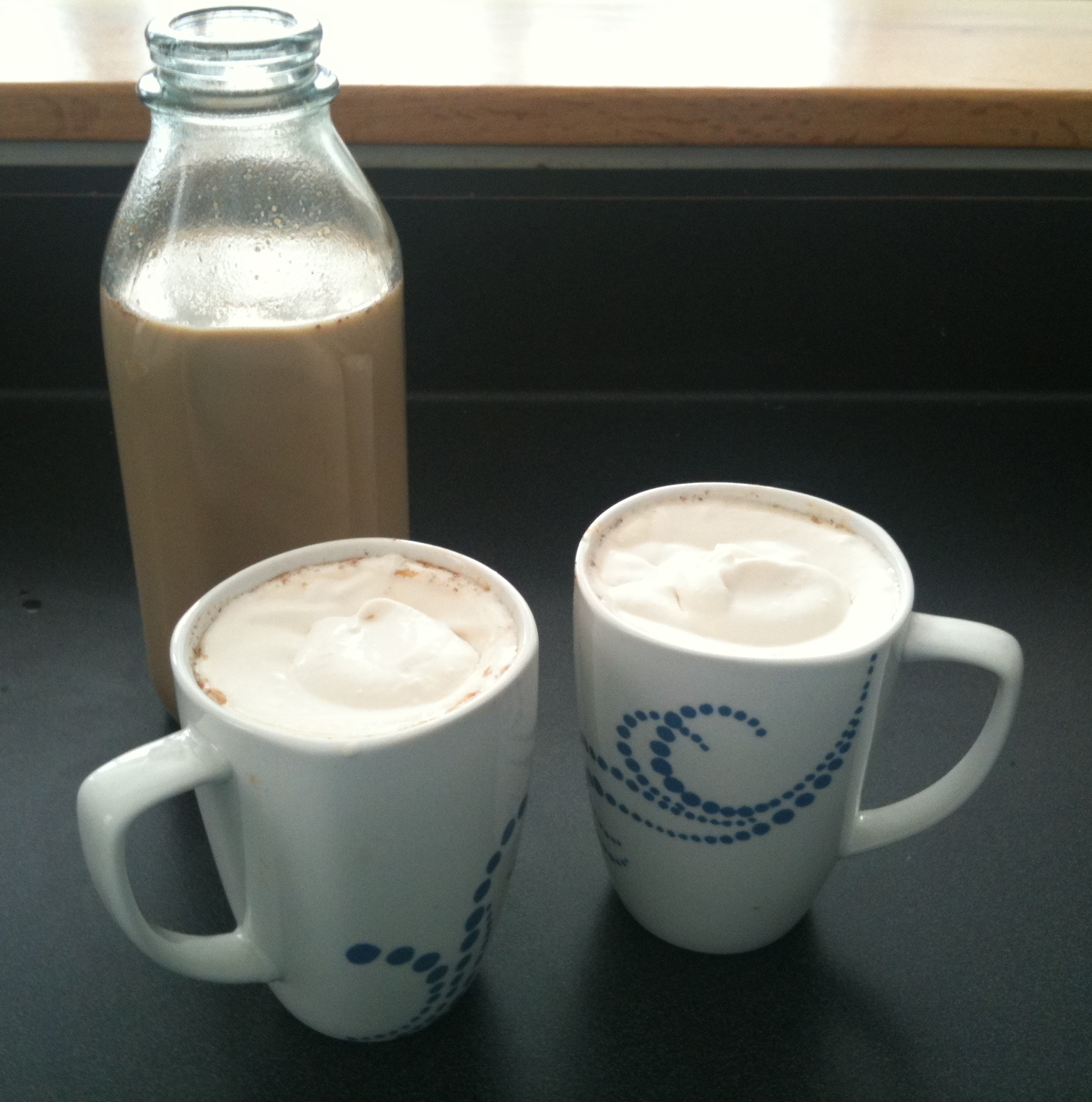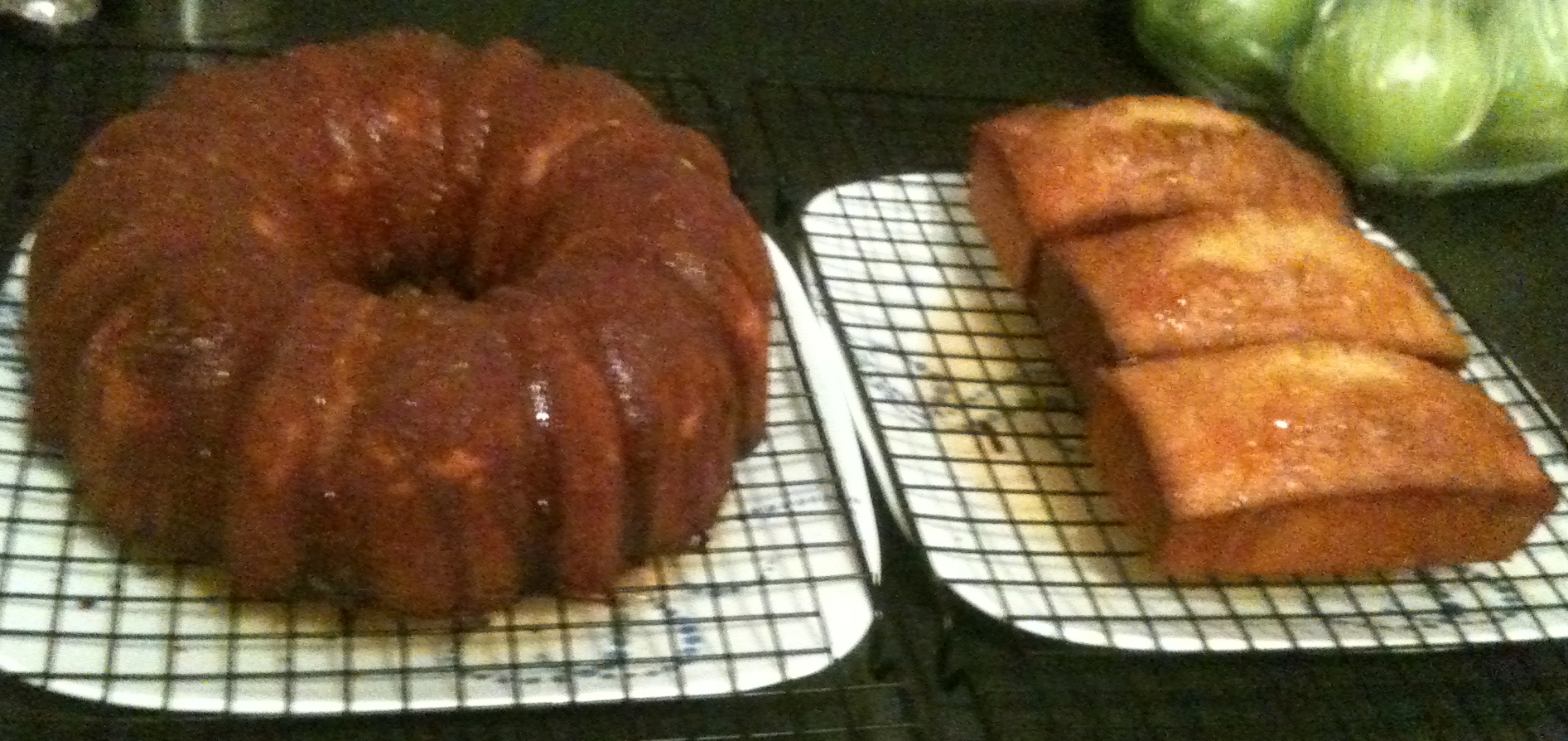Creamsicles were one of my favorite desserts as a child. Whenever my family went to the pool, I would absolutely dread the 15 minutes every hour that I couldn't stay in the pool known as adult swim - until I headed over to the pool's snack shop and grabbed a creamsicle.
Unfortunately, as I grew older, I became less fond of ice creams (really, I don't know why, but frozen cream just doesn't do it for me anymore), but I still longed for the marriage of flavors between crisp oranges and sweet cream. So now I make panna cotta.
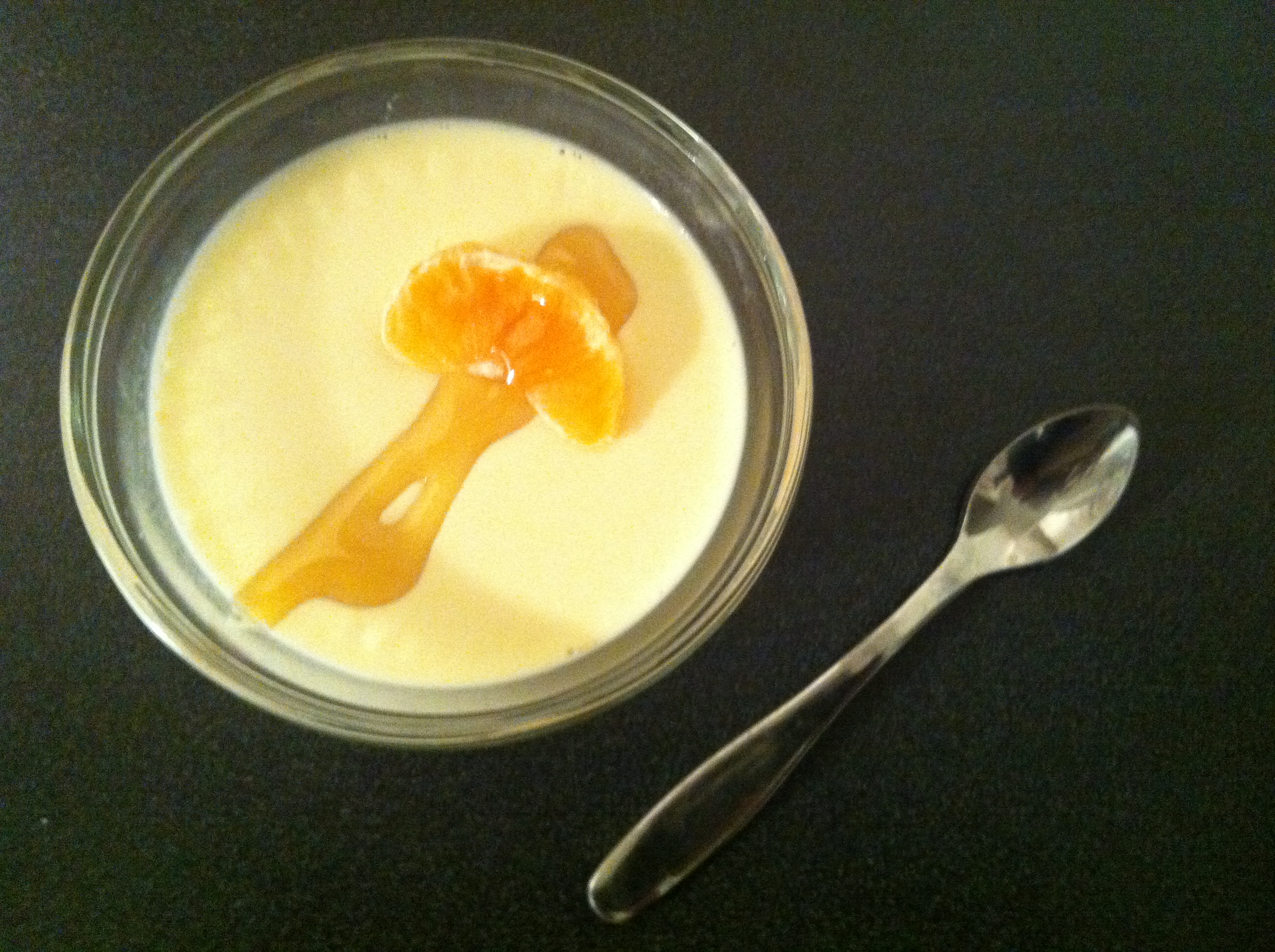
Panna cotta, or "cooked cream," is actually one of the simplest desserts to make (well, now that you can use gelatin instead of fish bones). It takes trivially more effort than jello (you have to measure out ingredients instead of just pouring out of a box) and the end result has a dramatically more elegant silky texture. Below is my recipe to satisfy my desires for a warmer creamsicle, clementine panna cotta, but if you replace the zest and vanilla extract with half a teaspoon of vanilla bean paste, you end up with a traditional vanilla panna cotta. But you can experiment with the flavors using the rest of the recipe as a base.
Clementine panna cotta
Ingredients:
- 1 tablespoon powdered gelatin (packets of gelatin usually contain 1 tablespoon)
- 9 ounces milk
- 24 ounces heavy cream
- 7.5 tablespoons granulated sugar
- 1 teaspoon clementine (or orange) zest
- 1.5 teaspoons vanilla extract
- 6 clementine (or orange) slices for topping
- Honey for topping
Preparation:
- Combine the gelatin and 4 ounces of the milk in a small bowl. Leave to absorb for about 10 minutes.
- Combine the remaining milk, cream, sugar, and clementine zest in a heavy-based saucepan and bring to a boil.
- Remove from the heat, and add to the gelatin mixture. Also add the vanilla extract. Whisk until completely dissolved.
- Cool to room temperature. Strain, if desired (this will prevent zest from accumulating at the bottom of the bowl but is purely a matter of taste and presentation preferences), and pour into six 1-cup bowls or glasses. Cover and refrigerate for 5 hours. Turn out of bowls if desired for serving.
Makes 6 individual panna cottas.
